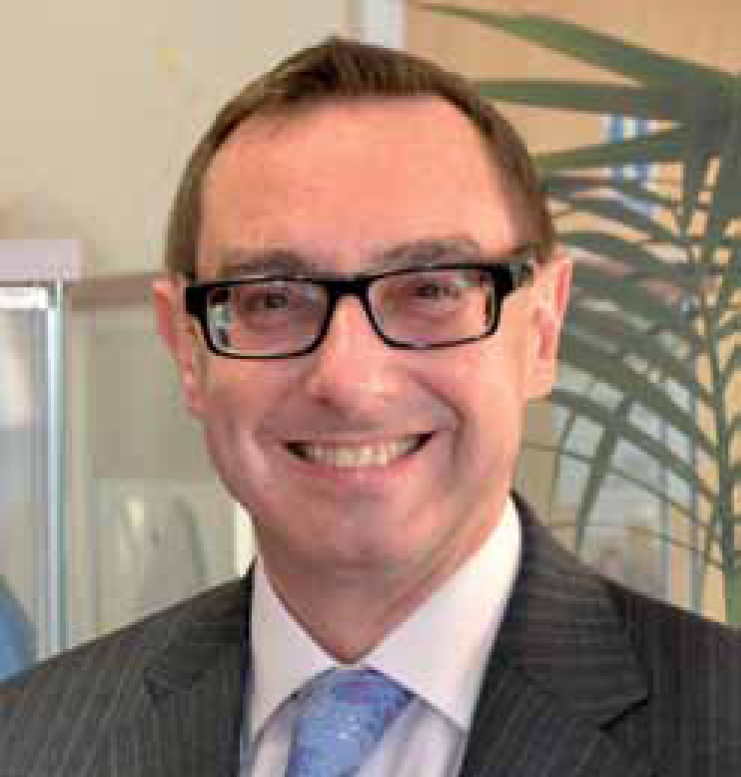References
Midwifery revalidation
Abstract
Revalidation is approaching fast. It will affect every registered midwife but it is not yet widely understood. Here, David Foster, Deputy Director of Nursing and Midwifery Advisor, Department of Health explains the new process.

The Nursing and Midwifery Council (NMC) are overhauling their fitness to practise systems and revalidation is the new process by which midwives will demonstrate, on a 3 yearly cycle, that they remain fit to practise.
The reason for this is to inspire greater public confidence in NMC registrants in the light of poor practice being exposed; for example, by the report into midwifery at Morecambe Bay. It is also a consequence of the inquiries by Sir Robert Francis QC into the standards of care at Mid-Staffordshire. Sir Robert recommended (Francis, 2013: Recommendation 229):
‘…that the Nursing and Midwifery Council introduces a system of revalidation similar to that of the General Medical Council, as a means of reinforcing the status and competence of registered nurses, as well as providing additional protection to the public.’
The NMC accepted this recommendation for all its registrants. The Royal College of Midwives (RCM) also recognised that it is essential for public safety that midwives are competent and safe practitioners, and the public should rightly expect health professionals to show they are up-to-date in their practice. They are involved in the national discussions about revalidation and are working with the NMC on the detail.
Register now to continue reading
Thank you for visiting British Journal of Midwifery and reading some of our peer-reviewed resources for midwives. To read more, please register today. You’ll enjoy the following great benefits:
What's included
-
Limited access to our clinical or professional articles
-
New content and clinical newsletter updates each month

